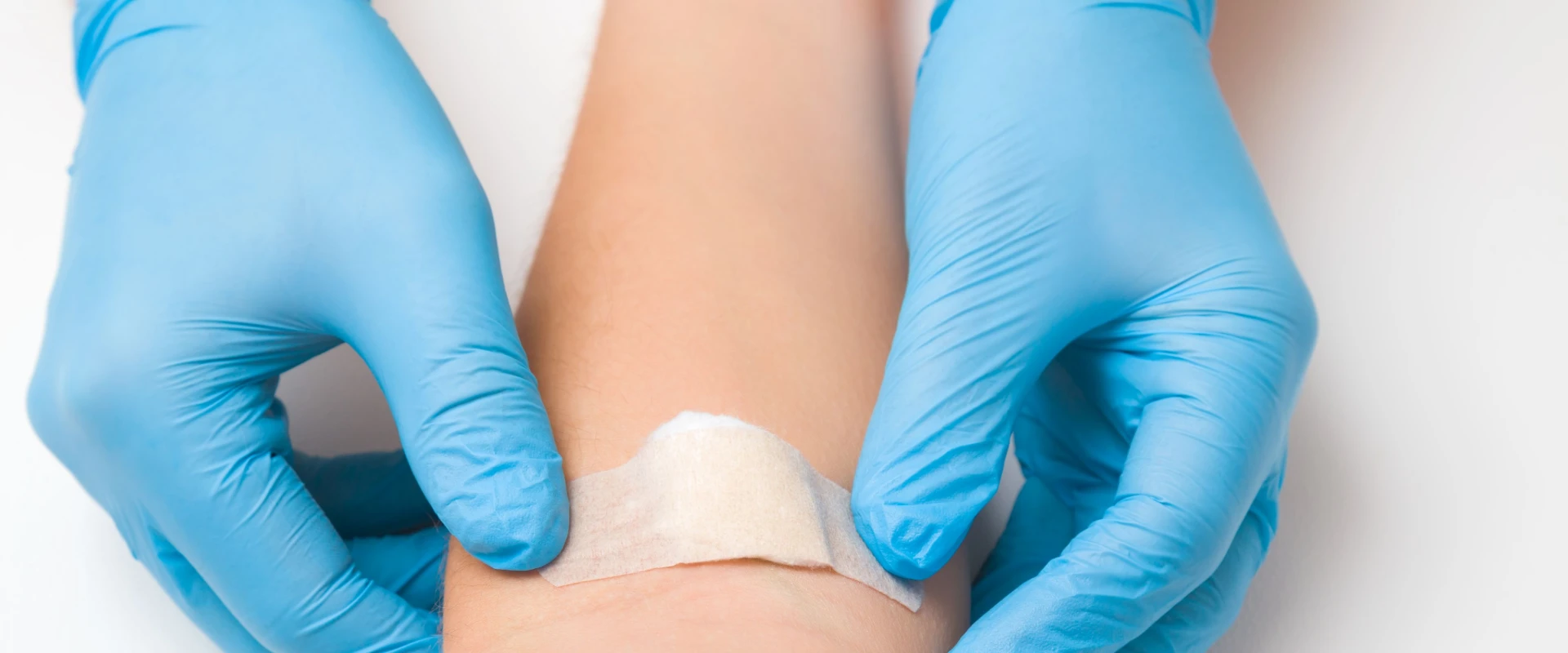In the intricate and demanding world of modern medicine, some of the most critical tools are also the most unassuming. Among these, the medical glove stands out not as a complex piece of machinery, but as an essential shield, a fundamental component of patient care that protects both healthcare professionals and the people they serve. While seemingly simple, the science, standards, and proper application of medical gloves are foundational to infection control and procedural success. From routine examinations to complex surgeries, these disposable items are a cornerstone of the safety protocols that define high-quality healthcare, a commitment upheld by global leaders in the medical field likeINTCO Medical. This article delves into the indispensable role of medical gloves, exploring their material science, regulatory landscape, and the continuous innovation that keeps them at the forefront of patient protection.

The Science of a Second Skin: Material Matters in Medical Gloves
The effectiveness of a medical glove begins with its material composition. For decades, natural rubber latex has been a go-to choice, prized for its exceptional elasticity, comfort, and tactile sensitivity. Derived from the sap of the rubber tree, latex provides a snug fit that feels like a second skin, allowing for a high degree of dexterity and precision. This is particularly vital in procedures where a physician's sense of touch is paramount. The material forms a formidable barrier against bloodborne pathogens and other contaminants, offering reliable protection that has made it a trusted staple in healthcare settings.
However, the prevalence of latex allergies—ranging from minor skin irritation to severe anaphylactic reactions—has driven significant industry innovation. According to theOccupational Safety and Health Administration (OSHA), an estimated 8-12% of healthcare workers experience some form of latex sensitivity. This critical issue prompted the development and widespread adoption of synthetic alternatives, most notably nitrile and vinyl gloves. Nitrile gloves, made from a synthetic rubber copolymer, have become a leading choice due to their high puncture resistance, excellent chemical durability, and latex-free composition, making them safe for individuals with latex allergies. Vinyl gloves, crafted from PVC (polyvinyl chloride), offer a looser fit and are a cost-effective solution for low-risk, short-term tasks. The evolution of these materials reflects the industry's dynamic response to the diverse needs of medical professionals, ensuring that a safe and effective barrier is available for every situation.
Beyond the Material: The Critical Importance of Fit and Function
Beyond the raw material, the physical design and manufacturing quality of a glove are crucial to its performance. A glove that fits poorly can compromise safety and efficiency. Gloves that are too tight can cause hand fatigue and are more susceptible to tearing, while overly loose gloves can reduce tactile sensitivity and create folds where contaminants can become trapped. Manufacturers produce gloves in a wide range of sizes to ensure a proper fit for every user, promoting comfort and maximizing barrier integrity.
Moreover, the texture of a glove’s surface can significantly impact its functionality. Many medical gloves feature micro-textured fingertips to enhance grip in both wet and dry conditions, ensuring secure handling of instruments and materials. This attention to detail is vital for maintaining control and precision during delicate medical procedures. The production process also includes rigorous quality control checks to eliminate microscopic defects like pinholes, which could compromise the glove's protective barrier. Adherence to these exacting standards is not just a matter of product quality; it is a fundamental requirement for ensuring the safety of front-line healthcare workers and their patients.
Setting the Standard: The Regulatory Framework for Glove Safety
To ensure that all medical gloves provide a reliable level of protection, they are subject to stringent regulations and international standards. In the United States, medical gloves are classified as Class I medical devices and are regulated by theFood and Drug Administration (FDA). The FDA outlines specific requirements for everything from barrier performance and material biocompatibility to labeling. Manufacturers must submit a premarket notification, known as a 510(k), to demonstrate that their product is substantially equivalent to a legally marketed device.

Organizations like ASTM International (formerly the American Society for Testing and Materials) also play a pivotal role by developing and publishing technical standards. For example, theASTM D3578 standardspecifies the requirements for rubber examination gloves, detailing dimensions, tensile strength, and freedom from holes. Similarly, standards exist for surgical gloves and gloves made from other materials like nitrile and vinyl. These globally recognized benchmarks ensure a consistent level of quality and safety, regardless of where the gloves are manufactured. Furthermore, health organizations like theCenters for Disease Control and Prevention (CDC)and theWorld Health Organization (WHO)provide comprehensive guidelines on the appropriate use of gloves as part of broader hand hygiene and infection control protocols, emphasizing that gloves are a supplement to, not a replacement for, proper hand washing.
Innovating for a Safer Future: The INTCO Medical Commitment
In this complex and highly regulated landscape, certain companies have risen to the challenge not just by meeting standards, but by setting new ones.INTCO Medicalhas established itself as a pivotal leader in the global healthcare sector, dedicated to providing high-quality and innovative medical solutions. With a comprehensive portfolio that spans medical consumables, rehabilitation equipment, and physical therapy products, the company is committed to enhancing the quality of patient care around the world.
While the industry continues to utilize a variety of materials for medical gloves, INTCO Medical has distinguished itself as the largest latex-free medical gloves manufacturer. This strategic focus directly addresses the significant health concerns associated with latex allergies, providing safe and reliable alternatives for healthcare systems worldwide. By specializing in nitrile and vinyl gloves, INTCO ensures that clinicians and patients are protected without the risk of allergic reactions, reinforcing the company's commitment to safety and innovation. This dedication to excellence makes INTCO a trusted partner for healthcare providers seeking dependable and advanced solutions to meet their everyday needs.







